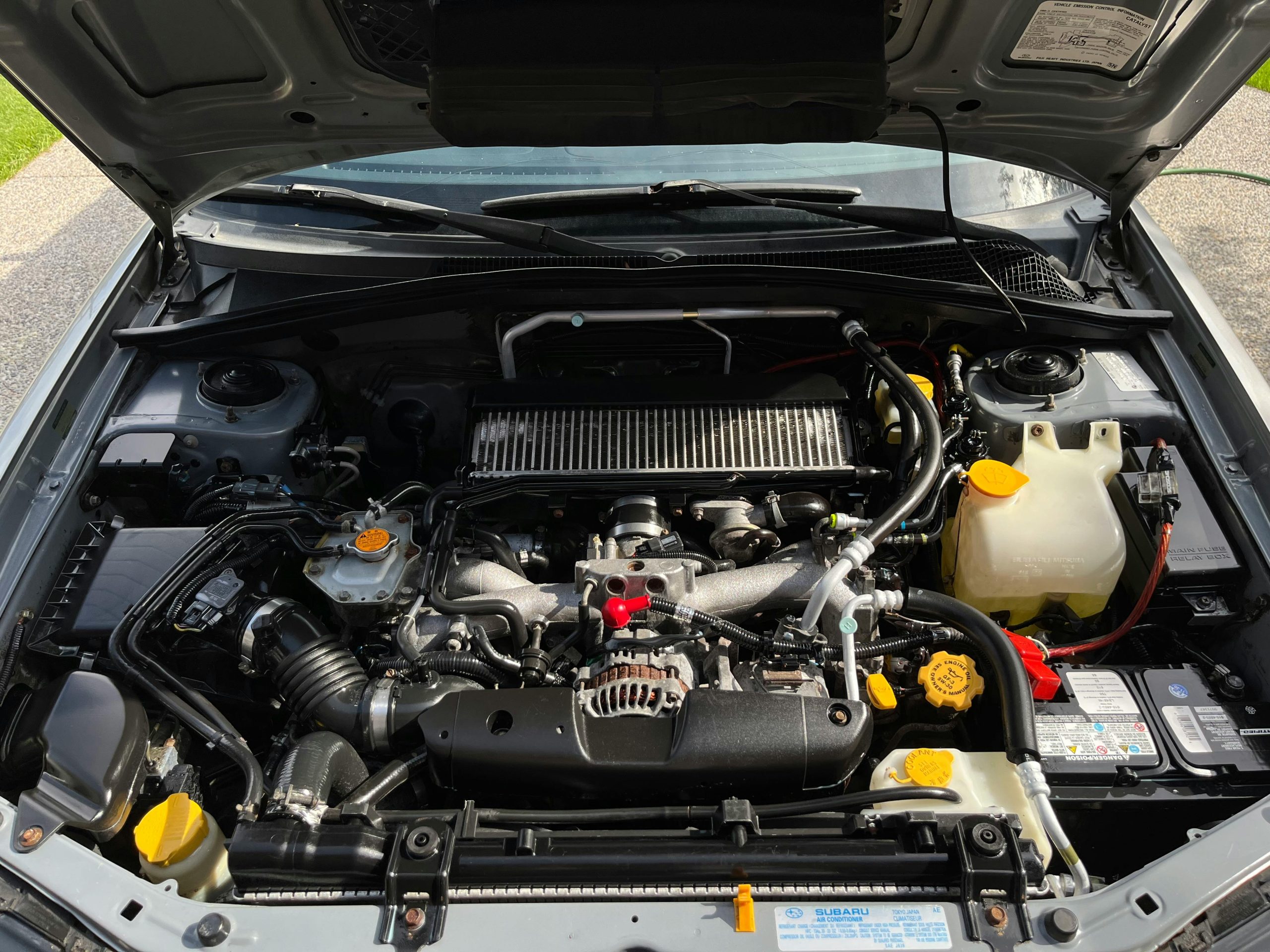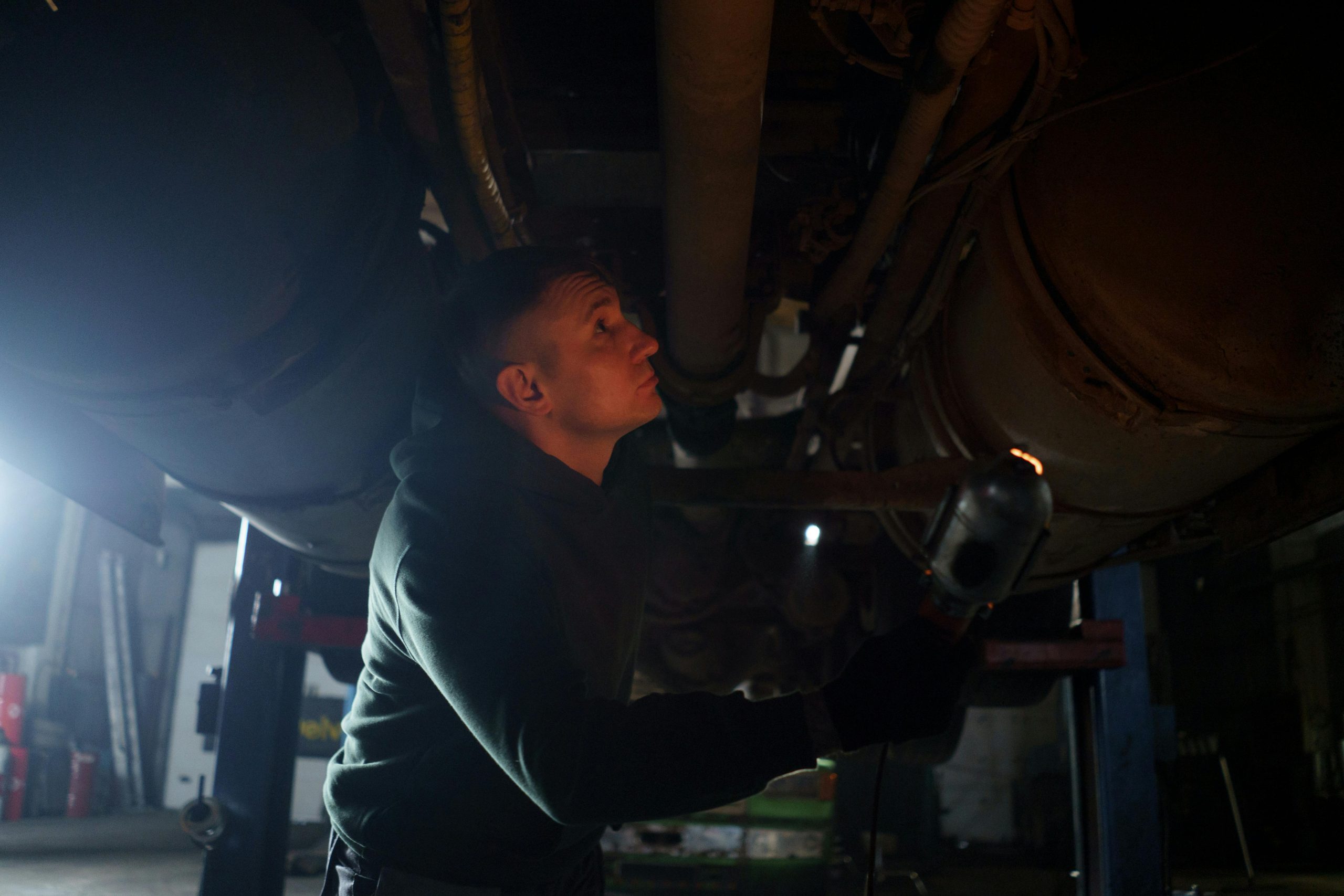Have you ever noticed unusual noises coming from your car when you hit a bump or take a sharp turn? These sounds, ranging from a knocking or clunking to a persistent squeak, might be telling you that your vehicle’s struts aren’t in top shape.
Bad struts not only compromise the comfort of your ride but can also affect the safety and handling of your vehicle. Understanding what these sounds mean and why they occur is important in maintaining the health of your car.
Curious about what these noises suggest about the condition of your struts and the potential consequences if left unchecked? Let’s explore the symptoms and impacts of failing struts further.
Identifying Bad Strut Sounds
You’ll often hear clunking, knocking, or creaking noises if your vehicle’s struts are failing. These sounds are a clear signal that the shocks or struts, integral components of your vehicle’s suspension system, might be compromised.
When you notice these noises, it’s important to pay attention to how your car feels as you drive. Do you feel every bump on the road more acutely, or does your steering wheel vibrate unusually during turns? These are telltale signs that the struts aren’t effectively absorbing the road impacts, potentially due to worn-out bushings or failing strut mounts.
As a member of the driving community, understanding and addressing these issues promptly not only keeps your vehicle in good shape but also contributes to the overall safety and comfort of everyone on the road.
Remember, struts don’t just work independently; they’re part of an interconnected system that includes your car’s steering and braking systems. When struts are worn, the ripple effect can compromise your control and the vehicle’s handling.
Common Noises From Struts
Understanding the specific noises your struts make can further assist in diagnosing their condition. When you’re driving and hear a knocking or clunking sound as you navigate over bumps or uneven surfaces, it’s likely your struts crying out for attention. This sound often suggests that the strut components might be worn out or damaged.
If you detect squeaking or creaking noises, this is another red flag. These sounds typically emerge from struts that are no longer in their prime, possibly due to age or prolonged usage. It’s important not to overlook these audible cues, as they’re indicative of the need for a closer examination.
A metallic rattling is also a common symptom to listen for. This particular noise could point towards some components of the strut assembly becoming loose or failing. It’s crucial to address this promptly to maintain your vehicle’s safety and performance.
Be wary of a continuous humming or buzzing sound, or a persistent thumping noise when your car goes over bumps. Both could signify internal damage or fluid leaks within the strut itself, necessitating a thorough inspection and likely replacement to guarantee your continued safety on the road.
Causes of Strut Noises
Worn-out bearings inside the strut mount often lead to the loud knocking sounds you hear when turning the steering wheel. This noise primarily arises when the bearings, which should facilitate smooth pivot of the strut with the steering mechanism, degrade. The friction caused by this wear is what you’re hearing as a knock, particularly noticeable when your vehicle is either moving slowly or idling.
You’ll find that the front left strut mount is especially susceptible to these issues. It bears significant load and stress during vehicle operation, making it more prone to wear and tear. This localized wear can exacerbate the knocking sound on one side, making the problem appear more pronounced when you turn or maneuver your car in certain directions.
To tackle this, you might consider replacing the worn strut mounts. By doing so, you’ll not only reduce the knocking noise but also ensure that your vehicle’s suspension system returns to its peak function.
Impact of Bad Struts
Bad struts compromise your vehicle’s stability, leading to a loud, repetitive thumping sound when driving over bumps or rough surfaces. You’ll notice the unsettling feeling as your vehicle seems to ‘float’ rather than ride firmly on the road.
Here’s how bad struts impact your driving experience and vehicle health:
- Handling and Safety: With worn struts, your vehicle’s handling suffers greatly. Steering response becomes sluggish, and you might find it difficult to maintain control in tight turns or during sudden maneuvers. This can be especially dangerous in adverse weather conditions.
- Uneven Tire Wear: Bad struts lead to uneven tire wear. Since the vehicle isn’t properly balanced, tires don’t make even contact with the road, causing them to wear out prematurely. This not only means you’ll need to replace tires sooner, but it also affects your traction and braking.
- Increased Wear on Suspension Components: The extra stress on your suspension system from failing struts accelerates wear on other components, potentially leading to more extensive and costly repairs.
- Reduced Comfort: A bouncy ride isn’t just annoying; it can make long trips unbearable and daily commutes a chore. You’ll feel every bump and hole in the road, making your driving experience less enjoyable and more tiring.
Repairing or Replacing Struts
When you notice symptoms of strut failure, such as uneven tire wear or excessive bouncing, it’s important to assess whether the struts are indeed worn and require replacement.
You’ll need to choose between OEM parts and higher-performance aftermarket options, depending on your vehicle’s needs and your driving preferences.
Following a detailed strut replacement process is essential to guarantee your vehicle regains excellent handling and safety on the road.
Identifying Worn Struts
To identify worn struts, listen for a clunking or knocking noise when driving over bumps or making turns. These sounds are telltale signs that the suspension system may be compromised, potentially affecting your car’s handling and stability.
Here’s what you should look for when evaluating your vehicle’s struts:
- Visual Inspection: Check for visible signs of damage or leaks around the strut assembly. If you see oil or greasy residue, it’s likely that the struts are failing and unable to perform effectively.
- Bounce Test: Push down on the front or rear of your car. If the car bounces more than once or twice, this could indicate that the struts aren’t damping the suspension movement properly.
- Uneven Tire Wear: Look at your tires. If you notice uneven wear, particularly on the edges, the struts mightn’t be keeping the vehicle stable, leading to excessive tire scrub.
- Handling Issues: Pay attention to how your car handles during turns and lane changes. A feeling of instability or excessive swaying could suggest that the struts aren’t maintaining proper vehicle alignment.
Choosing Replacement Struts
You’ll need to decide whether to repair specific parts of your struts or replace them entirely, depending on their condition and the overall impact on your vehicle’s performance.
However, if your inspection reveals widespread wear or damage across multiple strut components, replacing the entire assembly might be your best bet. This is particularly true if the struts have compromised your vehicle’s handling or safety.
Cost and labor are significant factors to weigh in this decision. Consult with a trusted mechanic who understands the specific needs of your vehicle and can provide guidance tailored to your situation.
Strut Replacement Process
Understanding the strut replacement process is essential, as it often requires specialized tools like a spring compressor to safely remove and install the strut assembly. When you’re facing issues with bad struts, knowing whether to repair or replace them can save you time and money.
Here’s a detailed breakdown to guide you step-by-step:
- Assessment: First, evaluate the entire strut assembly for damage. Don’t overlook the strut mounts; sometimes, these are all you need to replace. It’s less critical and involves fewer steps.
- Tool Preparation: Gather the necessary tools, including a spring compressor. This device is important for safely dismantling the strut assembly by compressing the spring, preventing any sudden release of tension which can be risky.
- Removal: Carefully use the spring compressor to compress the spring before you loosen the strut mounts. Once safely secured, you can remove the strut from the vehicle.
- Installation: Install the new or repaired strut by reversing the removal process. Make sure every component, especially the strut mount, is securely in place before releasing the spring compressor.
Conclusion
In the symphony of your car’s movement, the struts are essential instruments. When they falter, the harmony turns to cacophony; knocking, squeaking, and rattling become the predominant notes.
This discord signals the breakdown of important components, threatening your vehicle’s performance and safety. Don’t ignore these warning sounds. Diagnose and address these issues promptly.
Replacing or repairing your struts restores the smooth rhythm of your ride, ensuring you glide seamlessly down the road, protected and at peace.



